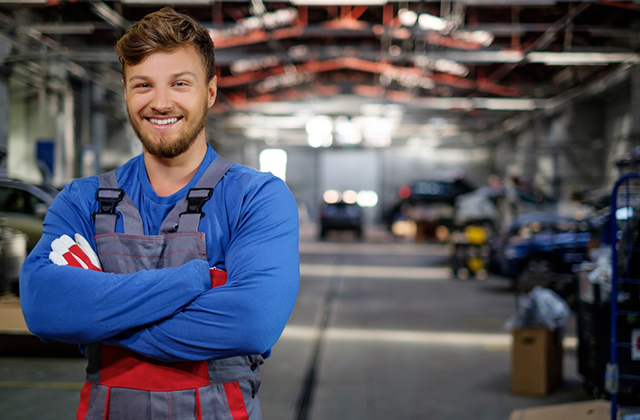Peeling, flaky paintwork occurs when one of the three layers coating the car’s bodywork (primer, paint and clear coat) is damaged, often by a minor scratch or chip but the main reason they don’t use a car paint protection. If left untreated peeling paint will spread, leaving the bare metal bodywork exposed to moisture, oxidisation and everyday wear and tear — so it’s important to deal with it as quickly as possible.
Step by step guide:
- Examine and clean the area
- Sand the area
- Prime
- Apply the paint and clear coat
If you suspect your car’s paintwork could be peeling, here’s a step-by-step guide on how to solve the problem.
Step 1: Examine and Clean the Area
Because it’s sometimes hard to determine the extent of the problem, examine the whole area carefully so as not to miss any patches which could develop down the line. Often what appears to be a small area of flakiness can reveal more when you closely inspect the paintwork. It’s important to remove all of this flaky paint, as it’s impossible to restore it to its original condition.
Once you’ve identified the areas affected by peeling paint, give the car a thorough wash to remove any trace of debris and grime.
Step 2: Sand the Area
To guarantee complete protection against future peeling, you need to remove each coat down to the primer layer. This is best done with 1200-grit sand paper. Remove the paint from an area of 5 to 10 centimetres around the damaged area as well – even if you can’t see any peeling here getting rid of this paint will help to prevent future damage. The bare metal should be smooth and paint free, ready to be restored by a new coat of primer, paint and clear-coat.
Step 3: Prime
If you spray paint directly on to metal, you’ll experience some problems. The paint will struggle to stick to the surface, and the metal won’t be protected so it will be more vulnerable to rust and other problems.
Using a primer before you paint prevents this, as it adheres to the surface and creates a smooth, protective layer for you to paint on. You can get high quality primers which are specifically intended for use on cars. If you use a high build primer this will help to smooth any imperfections on the metal surface for a better finish.
Make sure the area is clean and dry before you start – it usually takes a couple of coats of primer to completely cover the metal surface. You’ll be able to see any imperfections or rough spots once the primer’s dried. If you do notice anything you can sand it again and then apply some more primer. It’s important to take your time and get the surface as smooth as possible.
Step 4: Apply the Paint and Clear-coat
The next step is to repaint the affected area. You’ll want the paint to match exactly, so use Paint Match Pro to find your paint. You can search by car manufacturer, colour and year or you if you know your colour code you can search for that and find the right paint. You can also find a stockist near you who will sell the paint – these stockists are also good for giving you advice about primers and general techniques.
For the best results, apply 2-3 coats of paint to the primer, followed by the same number of layers of clear coat. When applying both of these paints, do so in thin, even coats, leaving between 10 and 30 minutes between applications. This will help you to achieve a professional, flawless finish without breaking the bank. Leave the new paintwork for a few days and then wash it and wax is as normal to keep it protected and shiny.
